In the Diamond Mind: Erica Lovett
A conversation with Erica Lovett, Head of Diversity & Inclusion, Cartier North America.
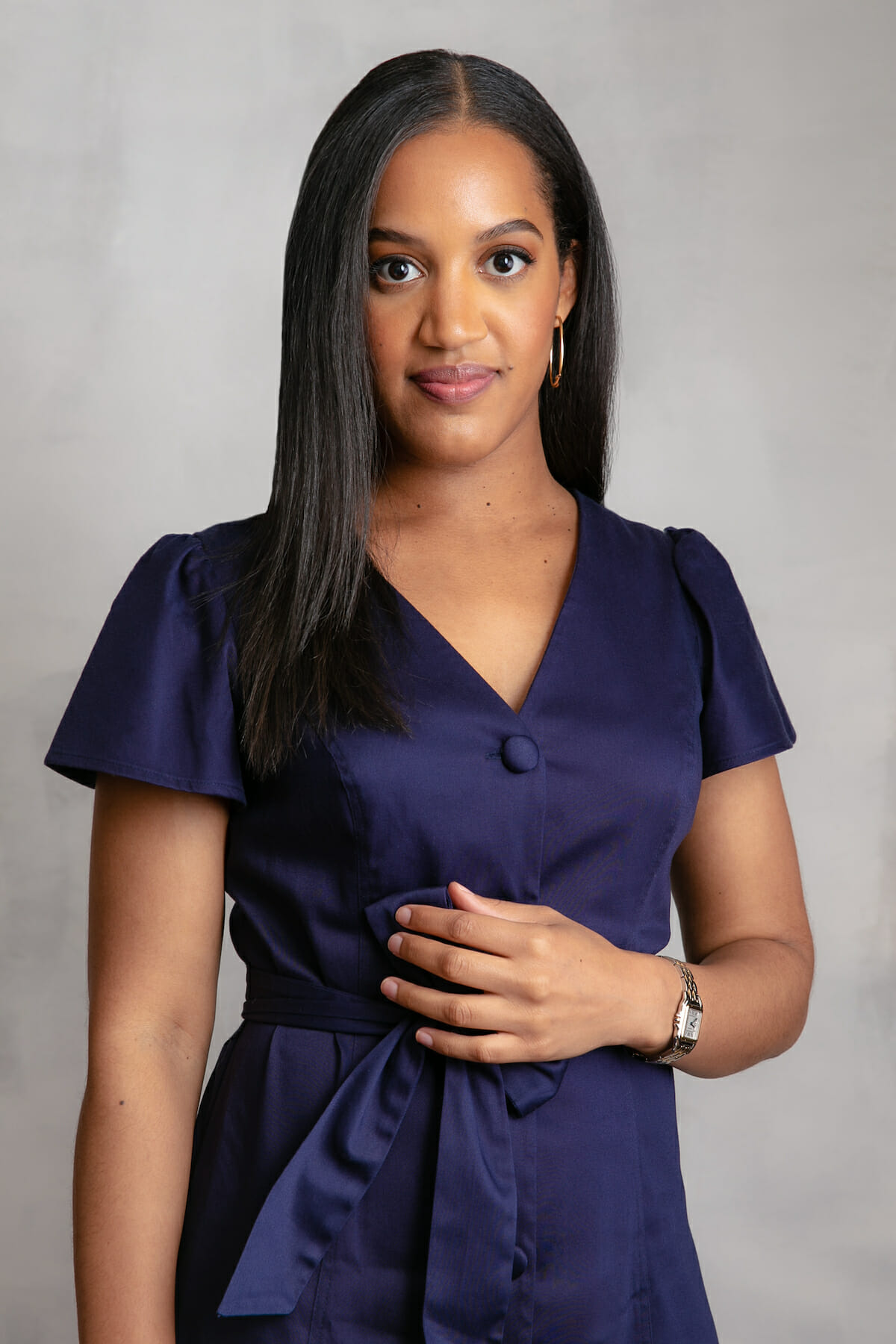
With degrees in history, and diversity and inclusion, Erica Lovett is not your typical jewelry industry executive. Instead, she seems perfectly cut out for the job of challenging an industry that is not known for its openness to change, while also appreciating its legacy. Despite being a newcomer to jewelry, Erica has already immersed herself in its history while jumping into efforts to improve diversity and inclusion. It’s given her an interesting perspective on why jewelry has such potential to support positive change. In today’s column, I chat with Erica about Cartier’s inclusion initiatives, her love of national parks, her hopes for the jewelry industry and much more.
What’s the story of your first diamond?
My first diamond was set in a ring my mother gave me when I was in high school. My father passed away when I was young, and he had proposed to her with the ring. The stone is a petite solitaire set into a gold back. It is simple and incredibly meaningful.
What excites you most at the moment?
Seeing more conversations about racial and social justice happening at a national level. As a society, we’re not where we need to be, but we are beginning to see real change and that gives me hope. I’m seeing jewelry brands finally recognizing and engaging with communities that have supported the brands but have been historically excluded. As we come out of an incredibly tough year, I think we are truly seeing how out of the darkness comes hope.
What is your intention for the year ahead?
Because last year was so heavy, my personal intention is to live with joy. I want to celebrate every single moment – the small, the big and every one in between.
I will continue to question what is and what should be. I will hold myself and others accountable for creating a better world for people of all backgrounds and identities. As an industry, we do not question the status quo enough. We celebrate the diversity of creations, but not yet the diversity of creators. It’s important to actively challenge this narrative.
What’s your greatest indulgence?
I love to spend time outdoors. I don’t mean a park in New York City; I mean somewhere without phone connection, with unpolluted air and crystal-clear water. That’s where I feel connected to the earth and where I find my inner peace.
I have a goal of visiting all the American national parks. My last trip was to Acadia National Park in Maine. I have a strategy of visiting national parks off-season when there are less people around and more opportunities to explore the vast landscapes. My partner and I went to Acadia in November 2020. While frigid, the park was magnificent. We drove around for two days. No one else was there. It was pure, uninterrupted beauty. My next trip is to Yellowstone in the fall.
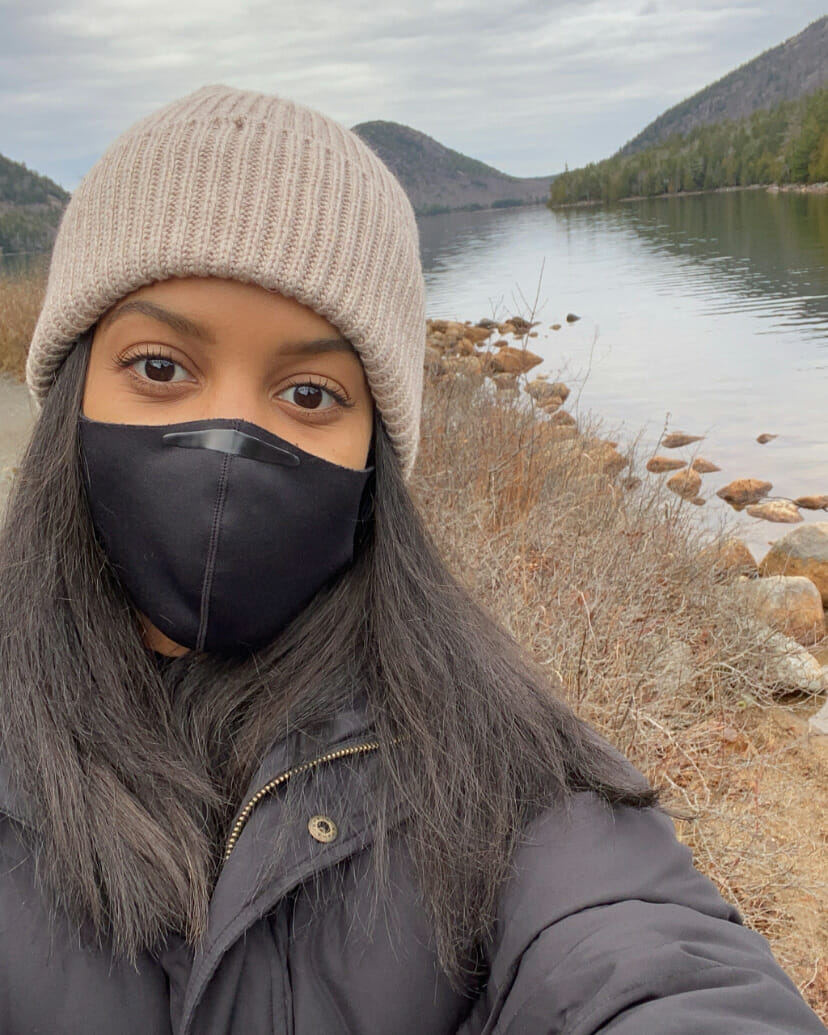
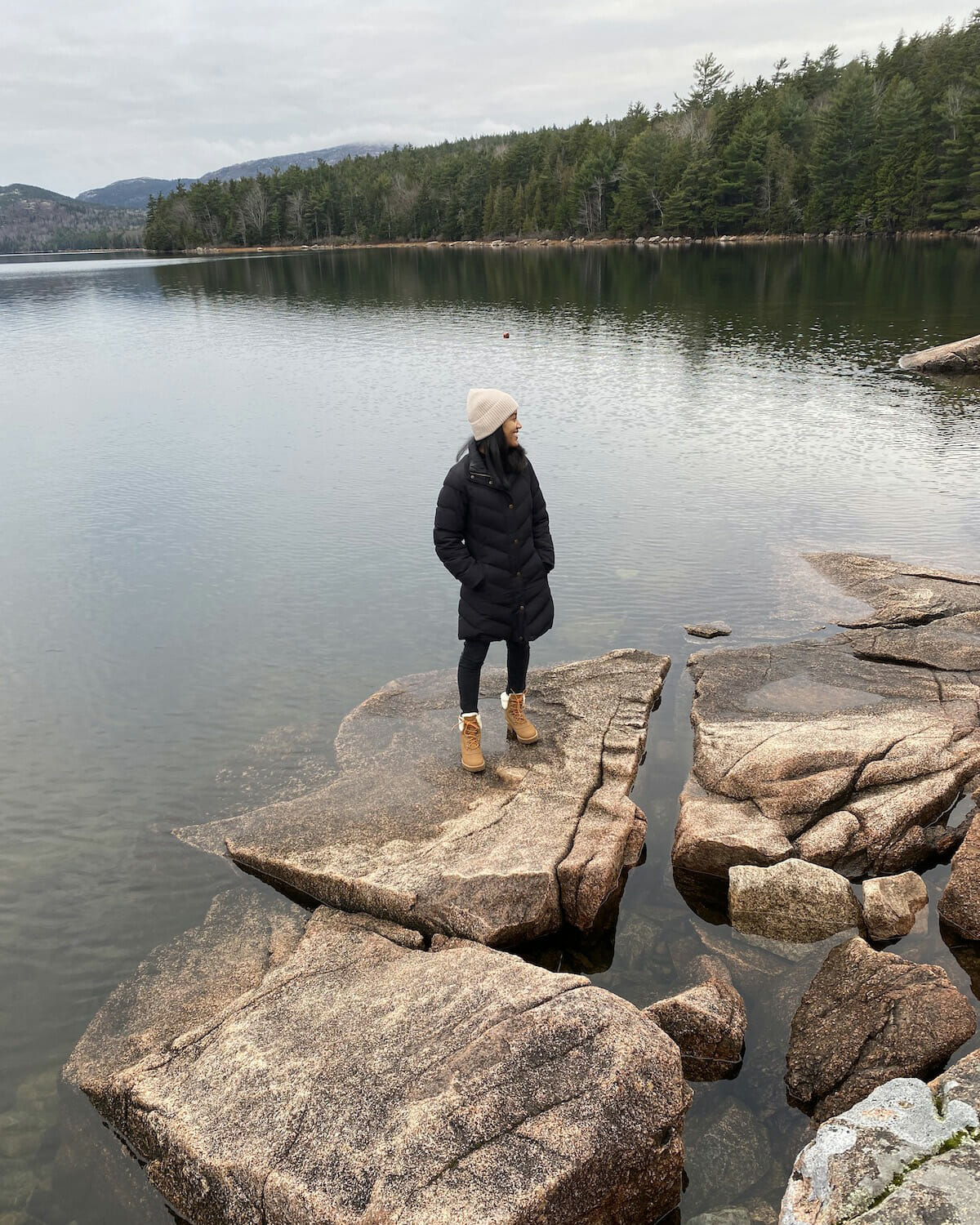
What diamond destination is at the top of your list?
This one is easy. I would love to travel to India to learn about the diamonds and gemstones worn by the Maharajas. I am a student of history, and I am fascinated by royal jewels and royalty in general. One of my favorite TV shows is The Crown because it gives the viewer a glimpse into a private world. It is fascinating how jewelry can tell a story about a certain period of time. Whether that story is good or bad or somewhere in between, it’s important to know history in order to understand the present. When I started my role at Cartier, I began learning about the brand’s history, including how the famous Tutti Frutti collection was inspired by India and Indian tradition. Some creations were more directly influenced by the Mughals and the Maharajas. I’m intrigued by this history and would like to learn more.
What inspired you to pursue a career in jewelry?
I’m a newcomer to jewelry. Previously, I worked in diversity and inclusion at a global media company where I focused on lifestyle brands. However, it felt like a natural next step to take on my role at Cartier. Throughout my career, I have worked to create opportunities for talent from under-represented backgrounds – this has been my job and also a passion. Fine jewelry can be a particularly closed industry, yet it has such potential to support diversity and inclusion.
Growing up in New York, I first encountered fine jewelry through the rap, hip hop and R&B artists who had a tremendous impact on my community. They wore gold chains, diamond tennis bracelets and fine watches imbedded with colored diamonds. I admired their bold creativity as artists and how they styled their jewelry. It was the first time that fine jewelry felt accessible, because people who looked like me were wearing it proudly.
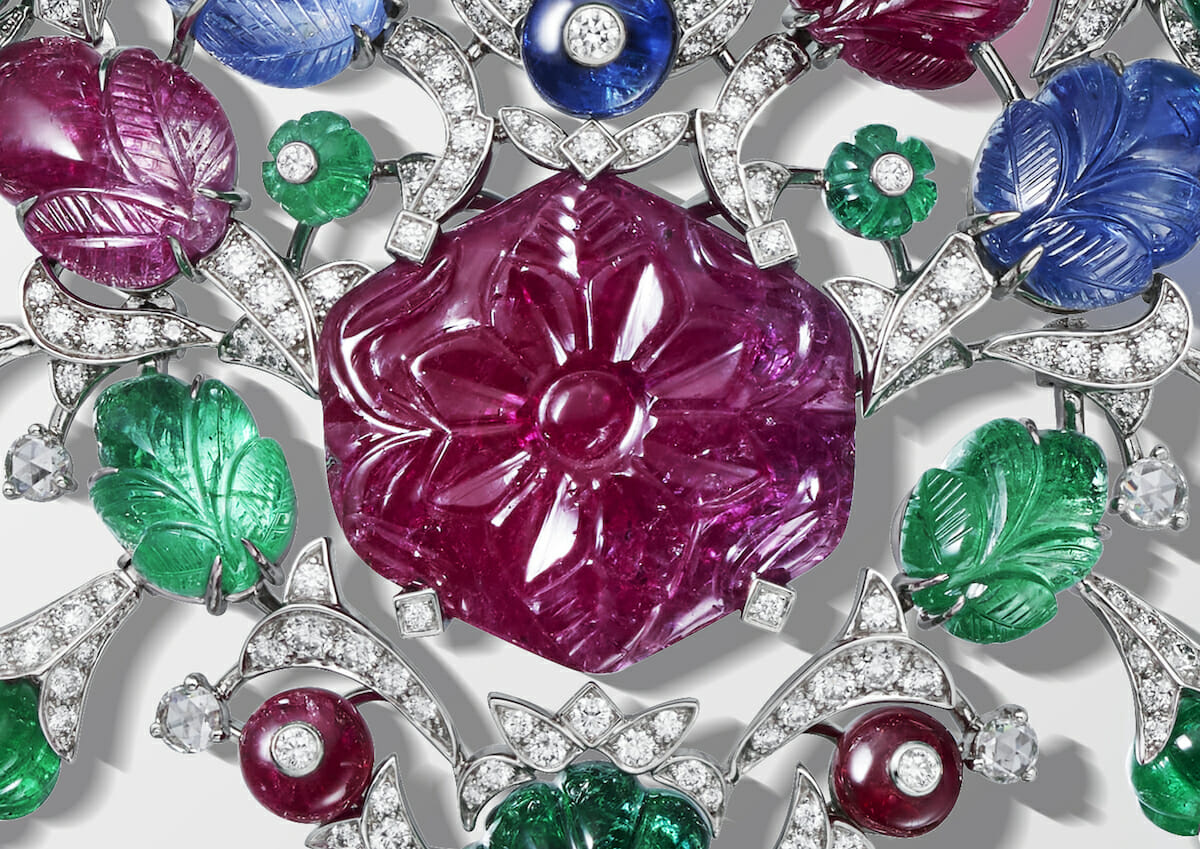
What moment still blows your mind?
A diamond moment that blows my mind is Naomi Campbell wearing an emerald and diamond snake necklace by Cartier paired with a simple, short black dress. The epitome of bold elegance. She looked stunning!
What life lesson has been the hardest earned and taught you the most?
You can’t be everything to everyone and remain true to yourself. It is important for each of us to love what makes us authentically us. Increasingly, companies want to hire and develop people who have clear values, who are not afraid to challenge and who will not waver on what is important to them. Be you.
What advice would you give your younger self?
Michelle Obama has spoken about the idea that you should never believe that there is a room you do not deserve to be in. It’s easy to feel that you do not deserve opportunities when you come from an under-represented group that has been excluded from those opportunities. For example, women, and especially women of color, have historically been denied access to certain spaces in the corporate world. It makes sense that we tend to experience imposter syndrome when in those spaces. My advice to my younger self is to never let self-doubt or fear stop you from entering and owning a space. If you are in a room, physical or figurative, you deserve to be there.
What’s next for diamonds?
I see the industry becoming more accessible to people who have not traditionally had a seat at the table. At Cartier North America, we are looking at how we can apply diversity and inclusion to every part of our business. We are looking at everything from talent acquisition and employee experience, to our external partnerships, marketing, communications and our social impact. We are on a journey, and the first step of that journey in listening to our employees and our wider Cartier community about what they expect from us. I also believe it is important that our employees and clients understand why diversity, equity and inclusion matters to our brand and how they can actively be involved. This year we are focusing internally on employee education by providing our teams with formal and informal training and learning opportunities that cover all aspects of DEI. Externally, we are examining how we communicate and engage with the wide diversity of people who love and support the brand. Many fashion, accessory and jewelry trends have come from Black and Brown communities. How can we better engage them? How can we value and appreciate their contributions?
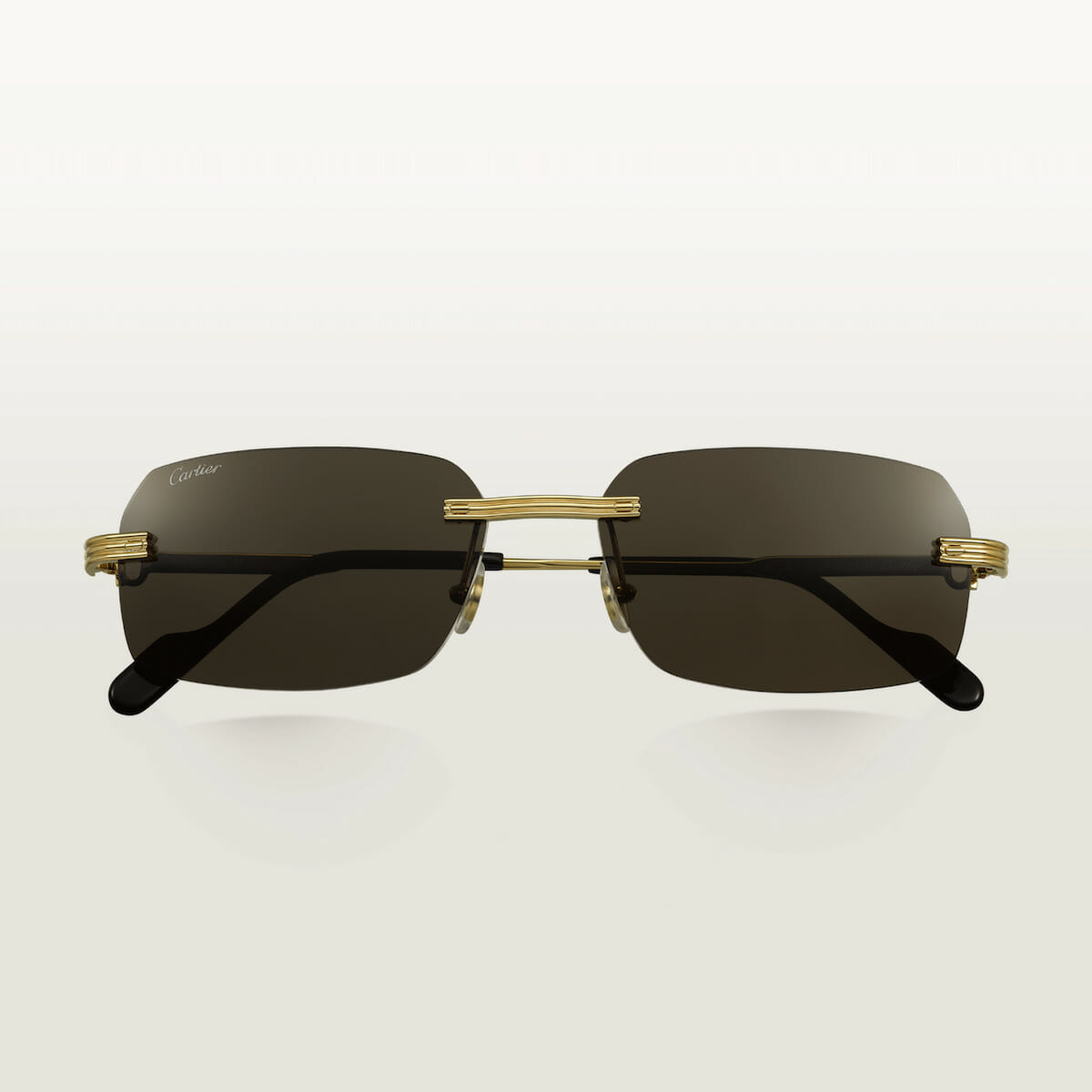
For example, we are exploring new ways to engage with Cartier consumers and influencers in Detroit, where Cartier eyewear is a big part of the culture. It started with rap artists in Detroit and quickly spread outside of the city to the American hip hop community. Today, the impact of this Detroit status symbol is seen globally. I believe that when a brand has this sort of connection with a community, the brand should explore ways to engage with the community. That is what we are doing, and I’m excited to be a part of this journey.
